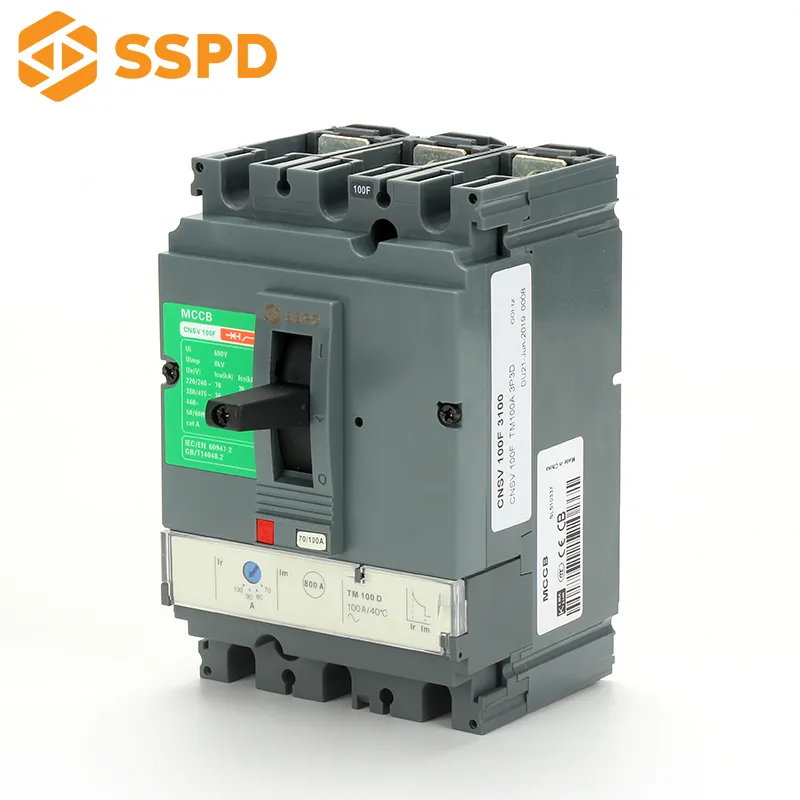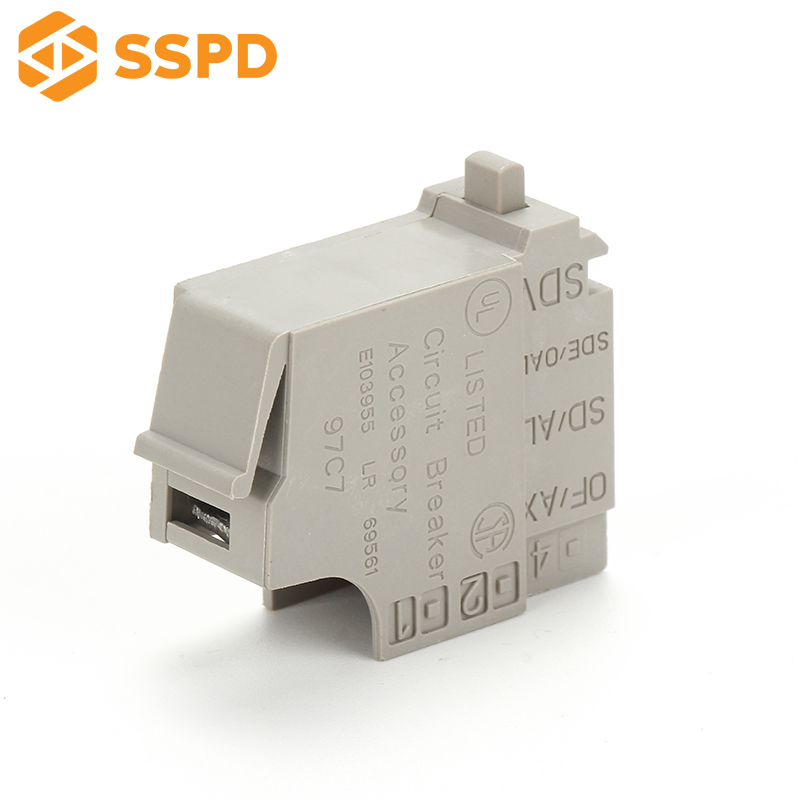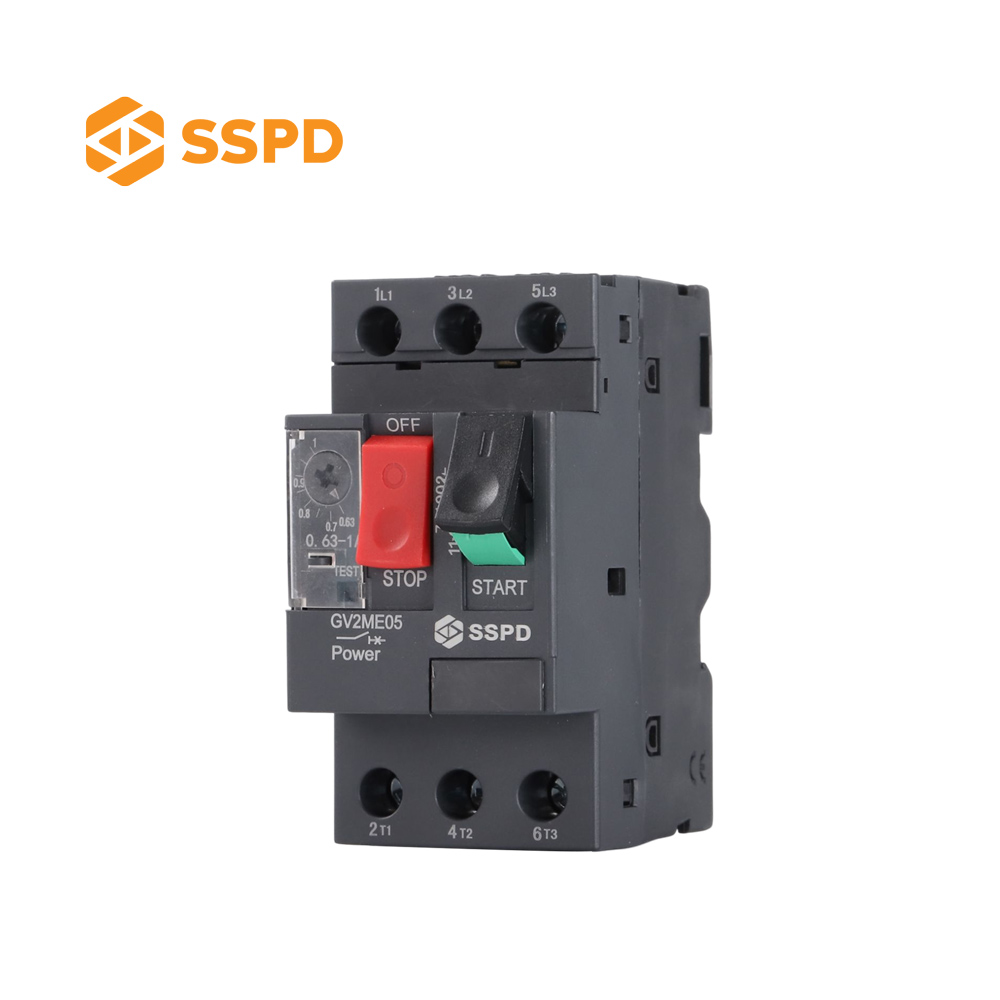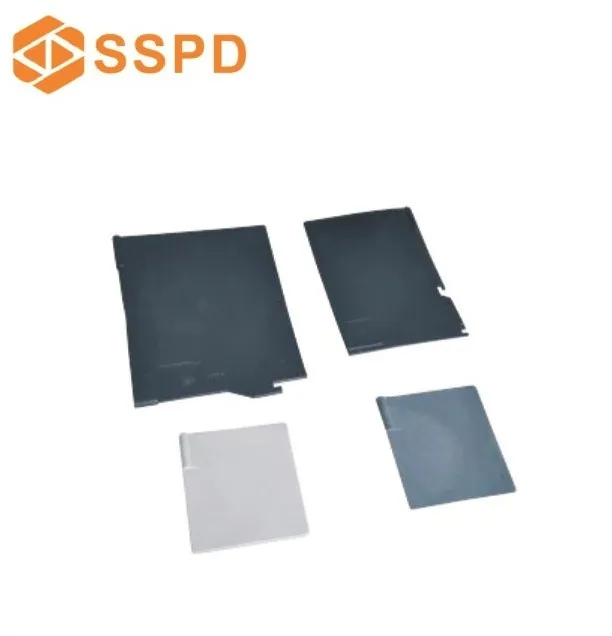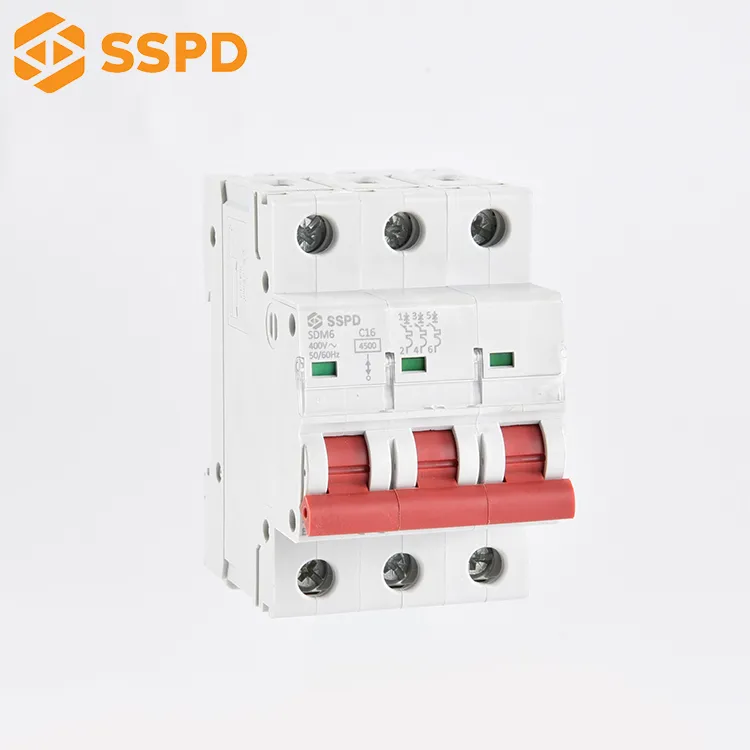Some parts of this article are assisted by AI to improve clarity and structure.
Introduction: Powering the Future with Safety in Mind
The global shift toward renewable energy has accelerated the adoption of photovoltaic (PV) power systems across industrial, commercial, and residential sectors. As these systems grow in complexity and scale, ensuring safety and operational reliability becomes more important than ever. At the heart of this protection strategy lies a critical but often overlooked component — the Molded Case Circuit Breaker (MCCB).
MCCBs are widely used in PV systems to provide overcurrent, short-circuit, and isolation protection. Their flexibility in handling high DC currents and customizable trip settings make them ideal for safeguarding PV arrays, combiner boxes, inverters, and distribution boards.
The Role of MCCBs in a PV Power System

A typical photovoltaic system includes modules (solar panels), combiner boxes, inverters, and distribution panels. In each of these stages, MCCBs serve distinct purposes:
At the Combiner Box Level
MCCBs provide isolation and overcurrent protection for strings of solar panels. In large installations, multiple strings are combined into a single output — a failure in one string could compromise the entire system if not properly isolated.Between Inverter and AC Distribution Panel
Post-inverter, the current switches from DC to AC. MCCBs protect downstream devices by isolating faults and preventing overloads. Given that inverters often operate close to full capacity, any imbalance or surge can be dangerous without circuit-level protection.At the Main Distribution Board
MCCBs help ensure selective coordination by breaking only the affected circuit during faults, allowing the rest of the system to continue running — a critical feature for off-grid and hybrid systems where power continuity is essential.
Why MCCBs are Ideal for PV Applications
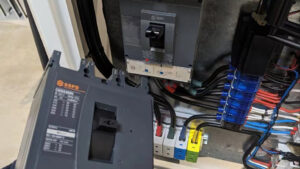
1. DC Compatibility
Modern MCCBs support both AC and DC applications. In PV systems, where DC voltages can exceed 1000V, specially designed DC MCCBs with arc extinguishing chambers ensure safe disconnection under load.
2. High Interrupting Capacity
Photovoltaic systems can generate high fault currents during reverse current events or inverter failures. MCCBs with high interrupting capacities (e.g., 10–50kA) can quickly isolate faults, minimizing fire risk and equipment damage.
3. Adjustable Trip Settings
Many MCCBs allow for adjustable thermal and magnetic trip units. This ensures precise protection tailored to varying environmental conditions and load profiles common in solar applications.
4. Compact Form Factor
Space is often limited in PV combiner and distribution boxes. MCCBs offer a compact solution with robust performance, ideal for space-constrained enclosures without compromising on safety.
5. Reliable Operation in Harsh Environments
Outdoor PV systems are exposed to heat, dust, and humidity. MCCBs designed to IEC 60947-2 and GB/T standards maintain performance across wide temperature ranges and resist environmental degradation.
Key Considerations When Choosing an MCCB for PV Use
Before selecting an MCCB for a photovoltaic project, consider the following:
Voltage Rating: Ensure the MCCB supports the system’s maximum DC or AC voltage (e.g., 600VDC, 1000VDC, 690VAC).
Breaking Capacity: Choose an MCCB with a short-circuit breaking capacity higher than the potential fault current.
Polarity & Poles: Use 2P, 3P, or 4P configurations depending on single-phase or three-phase designs.
Certifications: Look for MCCBs with CE, IEC, RoHS, or UL certifications to ensure compliance with international safety standards.
Looking Ahead: Smart MCCBs and IoT Integration

As PV systems become more intelligent, MCCBs are evolving too. Modern units support remote monitoring, data logging, and even cloud-based fault alerts via Modbus or IoT protocols. Integrating smart MCCBs into PV systems allows operators to predict failures, reduce maintenance costs, and optimize energy flow in real time — paving the way for smarter, safer solar power networks.
Conclusion: Empowering PV Safety with MCCBs
Photovoltaic power systems represent a sustainable future — but without proper protection, they are vulnerable to faults and inefficiencies. MCCBs serve as the backbone of electrical safety in these systems, ensuring that both people and equipment are safeguarded at every stage of the power journey.
When selecting MCCBs for your next PV project, consider not only ratings and standards, but also environmental factors, smart functionality, and long-term reliability.
At SSPD, we specialize in high-performance MCCBs with DC and AC capabilities, engineered to meet the demands of modern photovoltaic installations. Explore our product catalog or contact our experts for tailored solar solutions.
This article includes content generated with the assistance of AI to enhance clarity, structure, and SEO compliance. All technical content has been verified based on international electrical standards (IEC, GB/T) and real-world engineering practice.

